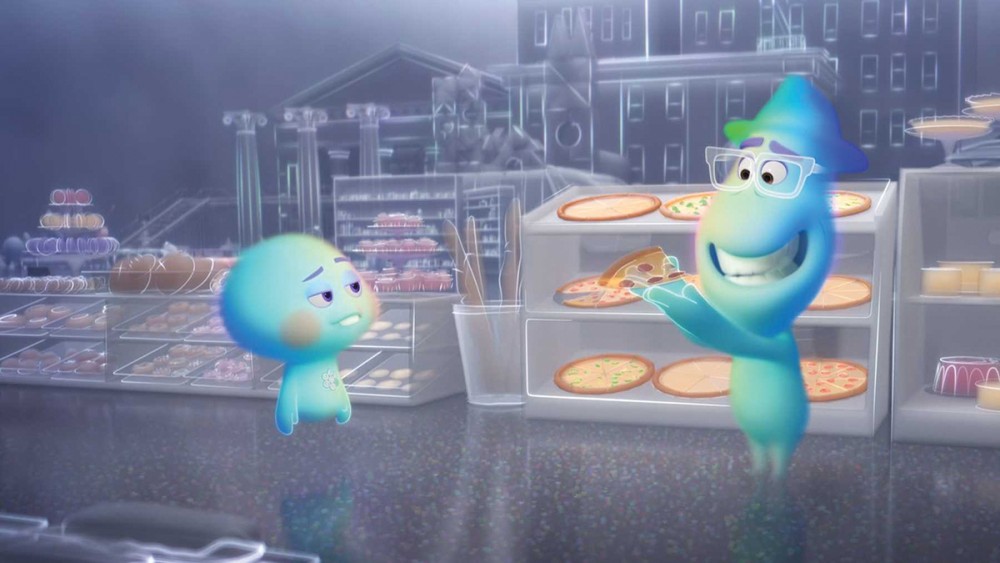Pixar's Soul explores big ideas about creativity, purpose, and the meaning of life
But the movie would be stronger if it skipped the metaphysical realm and just stayed put in Queens.

Pixar’s new movie Soul follows an aspiring jazz pianist named Joe Gardner (voiced by Jamie Foxx). He spends his days teaching band in an underfunded Queens middle school, but he longs to make something more of his art. The same day he lands a life-changing gig, he has a terrible accident. His soul is separated from his body and transformed before our eyes into an aqua-blue blob on his way to the Great Beyond. Unwilling to accept this fate, he sets off to find a way back to earth.
Using this premise, Soul explores big ideas about creativity, purpose, and the meaning of life. In the end, however, the movie is hampered by the fact that much of its story is set in a disembodied metaphysical landscape. While Soul follows in the animated metaphysical tradition of Inside Out and Coco, it doesn’t manage to vivify its otherworldly world in the same way.
Instead of the Great Beyond, Joe finds himself in the Great Before, a metaphysical state where new souls await human bodies. There he is mistaken for a mentor and paired up with Soul 22 (voiced by Tina Fey), an incorrigible soul who doesn’t want to be born just as much as Joe doesn’t want to die. Because she can’t find her “spark,” she can’t take the final step to be born, and she is constantly badgered by new mentors to complete her journey when all she wants is to be left alone to sulk forever in a haze of anomie. They make a deal: Joe will help 22 find her spark, and in exchange she will give him her activated earth badge. He’ll go back to his life, and she’ll linger forever in the Great Before. Hijinks ensue, and they find themselves on earth.





